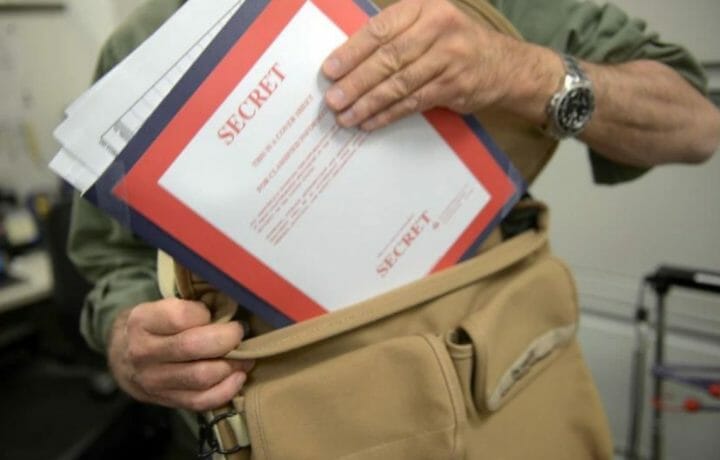The real estate market is one of the most competitive industries, with high stakes and immense financial transactions involved. The industry handles sensitive data, including personal information, transaction records, and property ownership records. Such sensitive data is often leaked to outsiders by insiders, posing a significant risk to individuals and businesses. The risks of insider threats in the real estate market are widespread and require urgent attention.
Insider risks refer to threats that come from employees, former employees, or contractors with privileged access to sensitive information. These threats may be deliberate or unintentional. In the real estate industry, these threats come from real estate agents, property managers, and title agents. These insiders have access to sensitive information, which, when leaked, can lead to financial losses, reputational damage, and legal liability.
Examples of Insider Risks in the Real Estate Market
In 2020, a former real estate agent in Australia was sentenced to four years in prison for stealing personal information from clients and using it to obtain credit cards and loans. The agent used the information to apply for credit cards and loans and spent over $150,000. The agent’s actions caused financial losses to the victims and damaged the reputation of the real estate agency.
In 2019, a New York City real estate agency employee was arrested for leaking confidential information about luxury properties to competitors. The employee was paid $1,000 for each property’s information, and the competitor used it to offer a lower price for the property to the seller.
Types of Data Leaked in Insider Risks
The types of data that insiders can leak in the real estate industry include:
-Personal information, such as name, address, phone number, and social security number;
-Transaction records, including financial information and payment details;
-Property ownership records, including deeds and titles;
-Sensitive business information, such as client lists and pricing strategies;
-CAD files containing architectural details.

Unauthorized Disclosure of CAD Files
The risk of insider threats in the real estate market extends beyond personal information and financial data. Insider threats can also lead to the leakage of construction documentation, which includes CAD (Computer-Aided Design) files.
CAD files can be leaked to unauthorized parties, including competitors or individuals with malicious intent. The leakage of CAD files can lead to significant financial losses, damage to reputation, and even safety concerns.
The types of data that can be leaked in CAD files include:
-Designs and specifications of the construction project;
-Materials used in the construction project;
-Budgets and financial information related to the construction project;
-Construction schedules and timelines;
-Intellectual property related to the construction project.
Examples of Leaks of Construction Documentation
In 2018, a former employee of a construction company in the United States was sentenced to prison for stealing CAD files and selling them to a competitor. The employee stole over 3,000 CAD files, which contained detailed information about the company’s designs and projects. The competitor used the information to win contracts over the original company, causing financial losses and reputational damage.
In 2019, a Chinese national was arrested in the United States for stealing trade secrets from a U.S. petroleum company. The individual used a fake identity to gain access to the company’s computer network and stole CAD files related to the company’s research and development projects. The individual then attempted to sell the information to a Chinese company, causing significant financial losses and damage to the company’s reputation.

How to Cope with Leaks of Construction Documentation
Coping with the risk of insider threats and leaks of construction documentation requires a combination of strategies, including:
-Implementing access controls to limit access to CAD files;
-Conducting background checks on employees and contractors with access to CAD files;
-Monitoring network activity for suspicious behavior related to CAD files;
-Enforcing strict penalties for leaks of construction documentation, such as termination and legal action;
-Using technology such as LeaksID invisible labeling to mark CAD files and detect the culprits in case of any leaks, thanks to undetectable anti-leak labels that are not visible to the naked eye (read more about this approach).
Who is Responsible for Insider Risks?
The responsibility for insider risks lies with the insiders themselves, the real estate companies, and the regulatory authorities. Insiders need to be trained on the importance of data protection and the consequences of leaking sensitive information. Real estate companies must implement data protection policies and enforce them strictly. Regulatory authorities need to monitor the real estate industry and ensure that companies comply with data protection regulations.
In conclusion, the risk of insider threats in the real estate industry is widespread and requires urgent attention. Companies need to implement data protection policies, enforce strict penalties, and use technology such as LeaksID invisible labeling technology to mitigate the risks. By doing so, companies can protect themselves, their clients, and their reputation from the devastating effects of insider threats.


















































